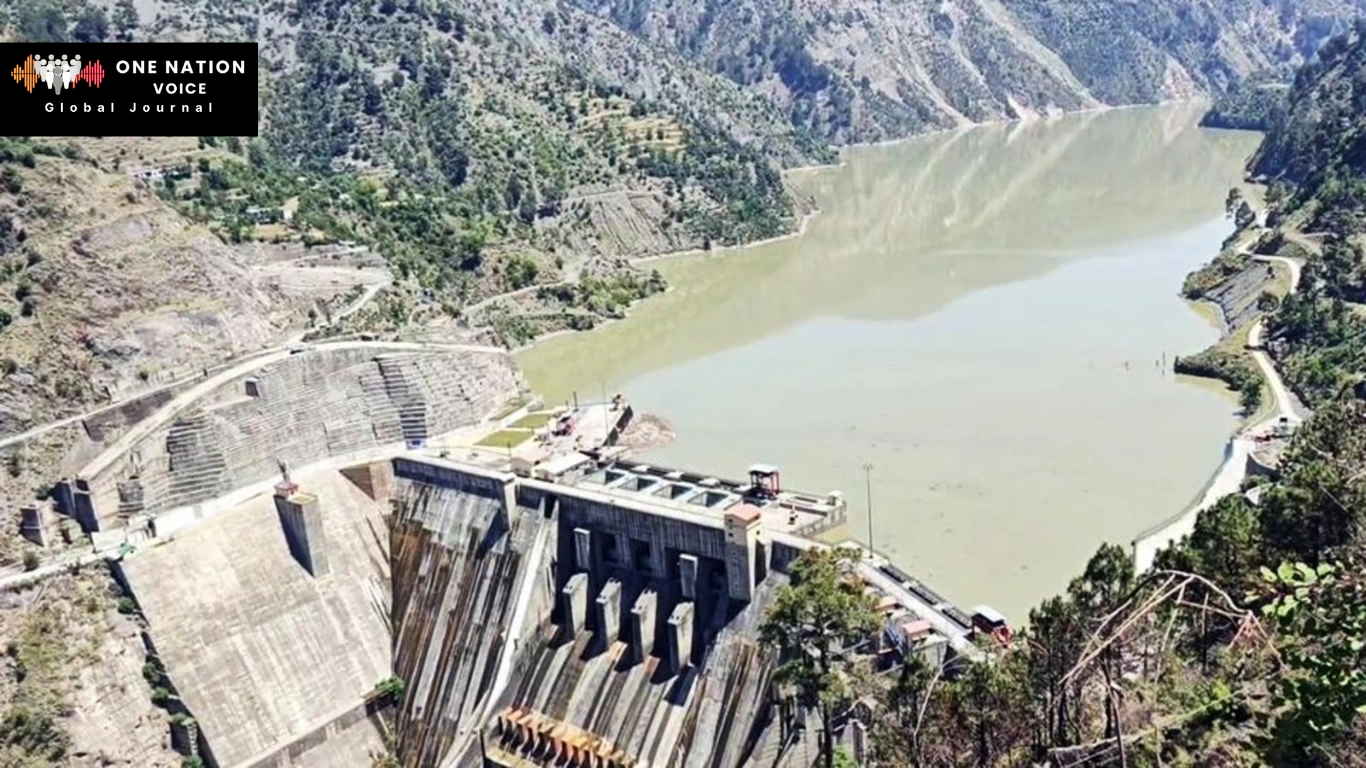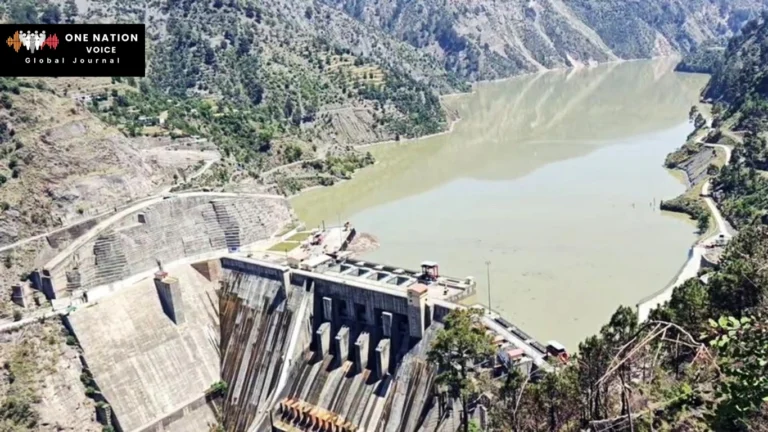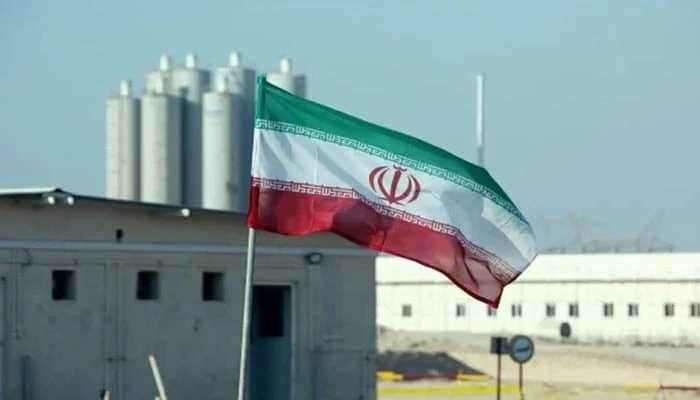India’s Treaty Violations and Pakistan’s Water Future

India’s Treaty Violations and Pakistan’s Water Future
In 1960, at the time of the signing of the Indus Waters Treaty, it was announced as a victory of diplomacy, a rare step of cooperation between forces. The accord, which was mediated by the World Bank, apportioned half a dozen rivers of the Indus Basin between India and Pakistan. It also guaranteed both nations a fixed share despite 30 years of mistrust. But today that feeble structure is tearing.
The continued violations by Indians through upstream hydro power projects, dams engineering, and alteration of natural river courses have exposed Pakistan and its water security.
As the Indus was a symbol of life but now it is a symbol of increasing danger.
India Upstream Advantage
According to the treaty, India dominates the eastern rivers of Ravi, Beas, and the Sutlej, whereas Pakistan is entitled to the western ones of Indus, Jhelum, and Chenab. Nevertheless, India was allowed to keep non consumptive rights over the western rivers to use it sparingly in hydro power generation. This provision has been fabricated over the years to an extent that it is beyond recognition. And now India has constructed and even offered dozens of dams and hydro power stations on the western rivers, especially in Jammu and Kashmir, usually with flimsy data exchange.
Other projects include Kishanganga, Ratle, and Baglihar, which have already transformed natural flows into Pakistan. Although India claims that they are within the boundaries of the treaty, Pakistan has insisted that the design and timing are aimed at limiting downstream water, particularly during critical sowing seasons. The overall effect is catastrophic, causing fluctuating flows, decreased irrigation, and increased water stress throughout Punjab and Sindh. Each of the dams constructed upstream can be viewed as small on its own, but when combined, they create a hydrological choke.
Agriculture Under Siege
The economy of Pakistan is particularly run by water. Its agricultural production relies on approximately 90 percent irrigation by the Indus Basin. The main exports in the nation, wheat, rice, and cotton, are all dependent on reliable river flows. Fields become barren and farm incomes drop when such flows are disrupted due to upstream diversions and storage delays. There are acute shortages for farmers in southern Punjab and Sindh. The lands that were previously fertile around the Indus Delta are becoming saline, the groundwater is becoming dry, and the cropping periods are becoming highly irregular. Food insecurity is no longer distant but increasingly a reality, with every change in Indus discharge affecting Pakistani markets and villages.
It is not a matter of quantity, but a matter of timing. When India accumulates water in the Rabi season or releases excess during monsoons, Pakistan experiences drought and flood in the same year.
It is this element of uncertainty that makes India’s hydro strategy so destabilizing. When water becomes a weapon, the first casualties are peace and prosperity.
The Outrageous Isle as the Ecological Collapse
In diplomatic discussions, the ecological consequences of disrupted river systems are often overlooked. The largest Indus Delta is dying in South Asia. As freshwater flows diminished, sea water is moving inland and thus killing mangroves and fisheries, which previously supported thousands of families on the coast. Natural defense against cyclones and storm surges is also undermined by the loss of mangrove cover in Pakistan.
Wetlands and forests along the Indus have shrunk, causing biodiversity loss and soil erosion. Environmental decline starts with treaty withdrawal and is irreversible. Indus degradation warns South Asia.
Building Resilience at Home
Though diplomacy is significant, Pakistan needs to be internally resilient as well. Billions of cubic meters of water are wasted every year due to old canals, seepage, and ineffective irrigation systems in the country. There must be investment in modern water storage, drip irrigation, and flood resistant structures. It is also critical to reevaluate agricultural practices and shift from water intensive crops to sustainable ones.
Moreover, Pakistan should have one national water policy that cuts across provincial boundaries. The external threats can only increase internal mismanagement without meaningful planning. However, the country should respond through adaptation rather than reaction.
Regional Peace at Stake
In most areas, water scarcity is already a source of migration, poverty, and rural unrest. In case the Indus dispute goes out of control, it may spur up more regional tensions. This is precisely why, when rivers dry up, tempers rise. Peace in South Asia can only be sustainable if it is built, not imposed. Both nations face the same realities i.e. melting glaciers, erratic monsoons, and rising demands. The only logical path forward is cooperation, not competition. Therefore, the survival of Pakistan is pegged on the equitable and honest application of the Indus Waters Treaty.
The views and opinions expressed in this article are exclusively those of the author and do not reflect the official stance, policies, or perspectives of the Platform.














